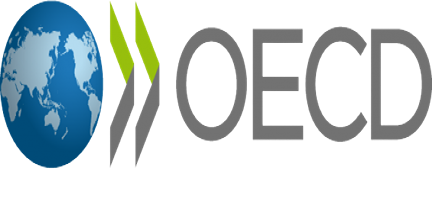The OECD’s Forum on Tax Administration has published a report on Managing Service Demand. This document sets out guidance for tax administrations on providing services for taxpayers, looking at how limited resources may be directed to service functions in the most efficient manner. The document looks at the current practice within a number of different tax administrations and puts forward what it terms a whole-of-revenue body approach to effectively managing service demand.
The tax administration needs to provide an effective service and adapt this service when necessary in changing circumstances. The tax administration must educate the taxpayer about the role and services of the tax administration and its preferred method of interaction with the taxpayer. Tax advisers can play a part in managing the demand for the services of the tax administration by directing their clients to the most effective channels to find help.
Demand management by a revenue body may involve investment in educational programs; identification of channels for service provision and the best methods of service provision within those channels; designing new procedures; reviewing the standards of service or using the relationship with tax intermediaries to better manage the flow of demand for services. This can add up to savings in time and resources, a better relationship with taxpayers and a reduction in compliance risks.
The channels of service provision requiring management include online services, on-call help, paper products or face to face meetings. Demand may be managed by analyzing the interactions with taxpayers or advisers and focusing on the root cause or driver of the interaction with the tax administration. The strategy put in place by the tax administration can identify the entry points for members of the public to interact with the tax administration. The strategy may then be developed in response to changing technology.
In managing the demand for services the tax administration will need to establish priorities. They need to develop tools to evaluate how the strategy is working. This may involve an analysis of the root cause of the interaction with the taxpayer through a particular channel. For example, a guidance document may be unclear or the website may be misleading and difficult to use, leading the taxpayer to go to a helpline or make an enquiry in person. The tax administration could reduce costs in this case by improving the guidance in the paper document or by rewriting or redesigning the website.
Evaluation of the results of the demand management process would involve reviewing whether the desired outcome was achieved; whether the tax administration achieved the shift in demand it was aiming to encourage; whether any unexpected outcomes occurred, such as increased demand for a particular type of service; and what conclusions can be drawn from the review and used for future demand management. A regular progress report could evaluate the effectiveness of the strategies and identify any new risks that have arisen within the system.














